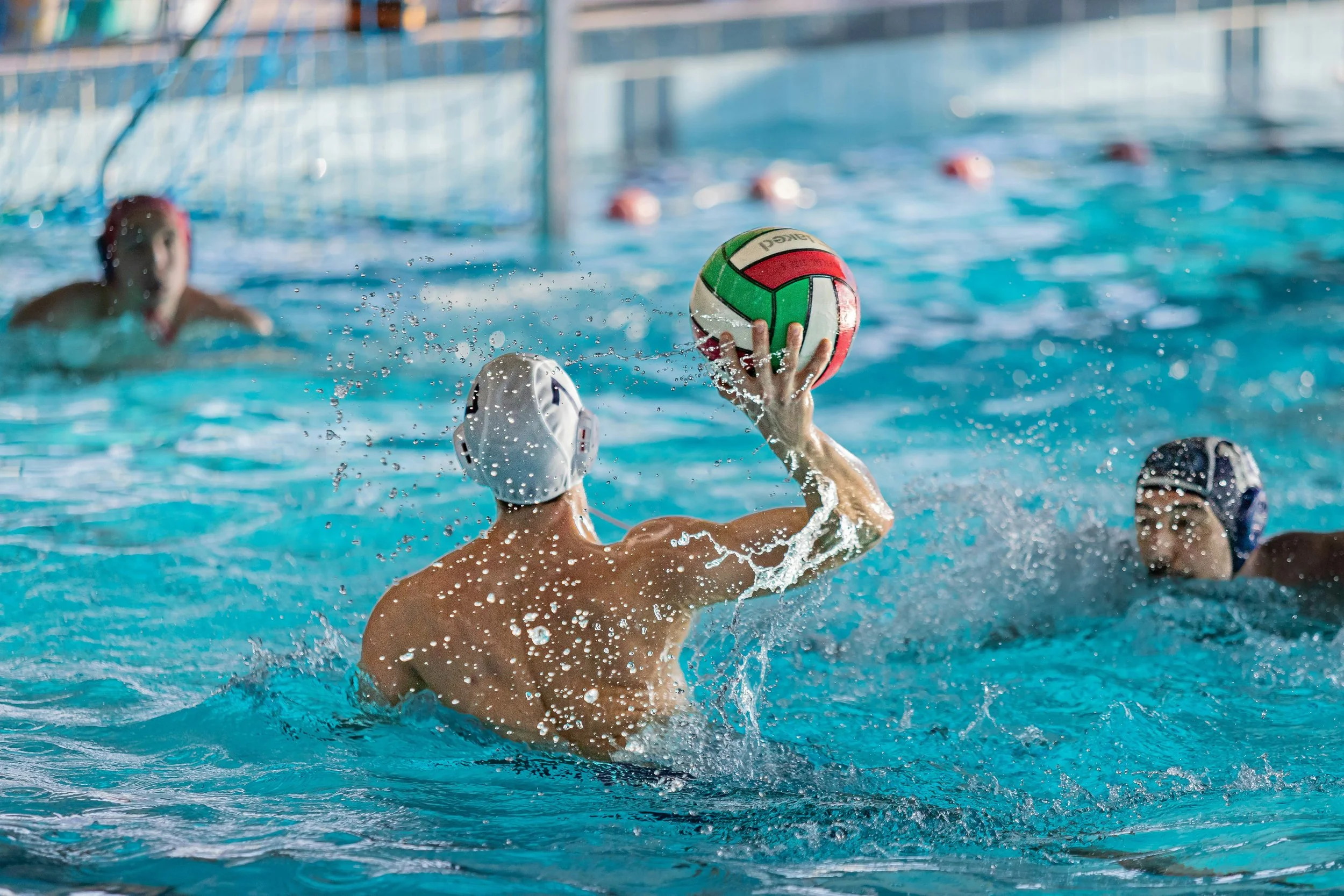Staying focused has become harder than ever, with constant notifications, shifting priorities, and a mind that rarely slows down. Mindfulness offers a practical way to regain control by training the brain to stay present, calm, and clear even in demanding moments.
The science behind it shows that simple, consistent practices can reshape attention networks, reduce emotional reactivity, and quiet the mental noise that drains clarity. If the brain is capable of rewiring itself throughout life, why not guide that change in a direction that supports better focus and well-being?
The Brain on Mindfulness: What’s Really Going On
Mindfulness changes the brain in ways that are far more concrete than most people expect. At its core, the practice strengthens neuroplasticity, the brain’s ability to form new connections and reshape old ones. When you engage in focused breathing or simple awareness exercises, you’re repeatedly activating the networks responsible for attention, emotional balance, and clarity.
Over time, these networks become stronger and more efficient, much like how a muscle responds to consistent training. What feels like a subtle shift in your day-to-day mood is often a sign of structural changes quietly happening beneath the surface.
These changes also involve regions tied to emotional regulation and stress response. The prefrontal cortex becomes more active and more resilient, helping you stay grounded when life gets hectic. Meanwhile, activity in the amygdala, the part of the brain tied to fight-or-flight reactions, gradually decreases.
As these systems rebalance, the brain spends less time in survival mode and more time in thoughtful, deliberate focus. It’s a physiological shift that explains why people who practice mindfulness often describe feeling clearer, calmer, and more in control.
Why Mindfulness Makes It Easier to Pay Attention
Mindfulness works as a form of attention training, helping your mind stay anchored instead of constantly drifting. By repeatedly bringing your focus back to a single point, like your breath, you strengthen the neural circuits that support concentration.
This is why even short, daily sessions can make it feel less exhausting to stay present during conversations, work, or study. The process isn’t about perfection, it’s about practicing the skill of returning, which trains the brain to be more stable over time. Think of it as gradually upgrading your built-in attention system.
Mindfulness also quiets the mental noise that competes for your focus. Much of that noise comes from the brain’s Default Mode Network, the system that fuels daydreaming, overthinking, and internal chatter. When mindfulness calms this activity, the mind feels less cluttered, making it easier to give your full attention to what’s happening right now.
This shift is especially valuable when emotions try to pull you off track. A steadier emotional baseline means fewer distractions triggered by stress, frustration, or sudden reactions. In short, mindfulness doesn’t just help you pay attention, it makes attention feel easier.
How Mindfulness Brings More Mental Clarity
Mental clarity becomes more accessible when your working memory isn’t overwhelmed. Mindfulness helps create that breathing room by reducing cognitive clutter and improving how the brain holds and processes information. When you’re not constantly pulled into old worries or future concerns, your mind has more space to organize thoughts and make sense of what matters.
This is why people often describe feeling “clearer” after just a few minutes of mindful breathing. The brain becomes less tangled in noise and more aligned with the present moment.
Mindfulness also boosts cognitive flexibility, the ability to shift perspectives and adapt when situations change. Have you ever noticed how hard it is to think clearly when you feel mentally rigid or stuck? Mindfulness helps loosen that grip by promoting curiosity rather than judgment.
This shift makes problem-solving easier, encourages creative thinking, and supports better decision-making. It also interrupts rumination, the repetitive thinking that clouds judgment and drains mental energy. With fewer thought loops competing for your attention, clarity becomes a natural byproduct.
What Science and Real Life Tell Us About Mindfulness
Research consistently shows that mindfulness can reshape both the structure and the function of the brain. Studies reveal increases in gray matter in areas linked to learning and attention, along with reductions in activity in regions tied to stress and reactivity.
These changes don’t require years of practice, many appear after several weeks of consistent effort. It’s remarkable to see how something as simple as sitting still and observing the present moment can lead to measurable physical changes in the brain. Science only reinforces what many people have experienced firsthand.
In everyday life, these changes translate into noticeable improvements. People often report feeling more patient, less overwhelmed, and better equipped to handle daily challenges. Tasks that once felt chaotic start to flow more smoothly because the mind isn’t constantly jumping between thoughts.
Students describe greater clarity during studying, while professionals find it easier to stay engaged during long workdays. Even parents say mindfulness helps them respond more thoughtfully instead of reacting on autopilot. These experiences show how brain-level changes can reshape the way we move through the world.
How Food, Rest, and Daily Habits Support a More Mindful Brain
Mindfulness doesn’t exist in a vacuum; the brain responds even better to these practices when basic physical needs are met. A balanced diet with steady nutrients helps stabilize blood sugar, reduce brain fog, and support neurotransmitters involved in focus and emotional regulation.
When the body is nourished, the mind becomes easier to steady, making mindful awareness feel more natural rather than forced. Rest also plays a major role. Quality sleep strengthens memory, emotional processing, and mental clarity, areas mindfulness already enhances, so the two work together rather than separately.
Daily habits create the environment in which mindfulness either thrives or struggles. Constant overstimulation, irregular sleep, and skipped meals make it harder for the brain to settle, no matter how often you practice mindfulness.
Small supportive choices, such as taking short breaks between tasks, drinking enough water, or stepping outside for a moment of fresh air, make the mind more receptive. Some people even use calming routines, like herbal teas or a gentle strain such as Frosted Kush, to help the body unwind before bed and support deeper rest.
If the brain is trying to function without the basics it needs, how can it easily shift into a state of calm focus? Aligning healthy habits with mindfulness builds a steady foundation for long-term clarity and resilience.
Mindfulness Techniques That Help Your Brain Rewire Itself
Simple breathing exercises are often the most effective tools for rewiring the brain. Focusing on slow, intentional breaths activates the body’s calming response and shifts the brain out of stress mode. This single act of paying attention strengthens the neural pathways tied to focus and awareness.
Over time, your mind becomes less jumpy and more stable, even during moments that would normally feel overwhelming. It’s surprising how quickly the brain responds when you give it space to settle.
Body awareness practices, such as gentle body scans or mindful movement, build a deeper connection between your mind and physical sensations. This connection enhances present-moment awareness and helps you tune into early signs of stress before they escalate.
Adding short mindful pauses throughout the day, whether during a commute, a meal, or a quiet moment, reinforces these benefits without requiring major lifestyle changes. Reflective practices like journaling can also support clarity by helping you process emotions and thoughts more deliberately. Each of these techniques works in a slightly different way, but all serve the same goal: helping the brain grow more balanced and resilient.
Clearing Up the Biggest Myths About Mindfulness
One common misconception is that mindfulness requires you to “empty your mind”, but the goal is actually to notice what’s happening without getting swept away by it. Thoughts will still come and go, mindfulness just helps you relate to them differently.
Another myth is that it takes long, uninterrupted sessions to see benefits. In reality, brief moments of awareness sprinkled throughout the day can be just as powerful for building long-term change. These small practices often fit more naturally into busy lives, making them easier to maintain.
There’s also a belief that mindfulness is a spiritual activity reserved for certain personality types. In truth, it’s simply a mental skill anyone can practice, regardless of background or temperament. Even people who feel restless or skeptical can benefit once they understand the purpose behind the practice.
Mindfulness isn’t about escaping reality, it’s about meeting it with more clarity and resilience. When seen from this angle, it becomes a practical tool rather than an abstract concept, and far more people realize it’s something they can genuinely use.
Conclusion
Mindfulness rewires the brain in ways that make focus more stable, thinking more flexible, and everyday stress easier to manage. The shift happens gradually, but the benefits often appear sooner than expected as attention strengthens and emotional balance improves.
These changes reflect the brain learning a new, healthier rhythm, one built on awareness rather than constant reactivity. The ability to reshape your mental landscape is always present, so why not use it to create a clearer, more grounded way of moving through the world?





































